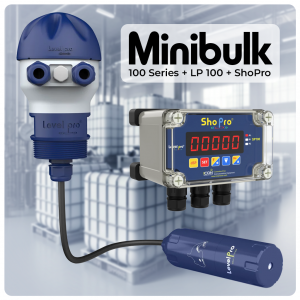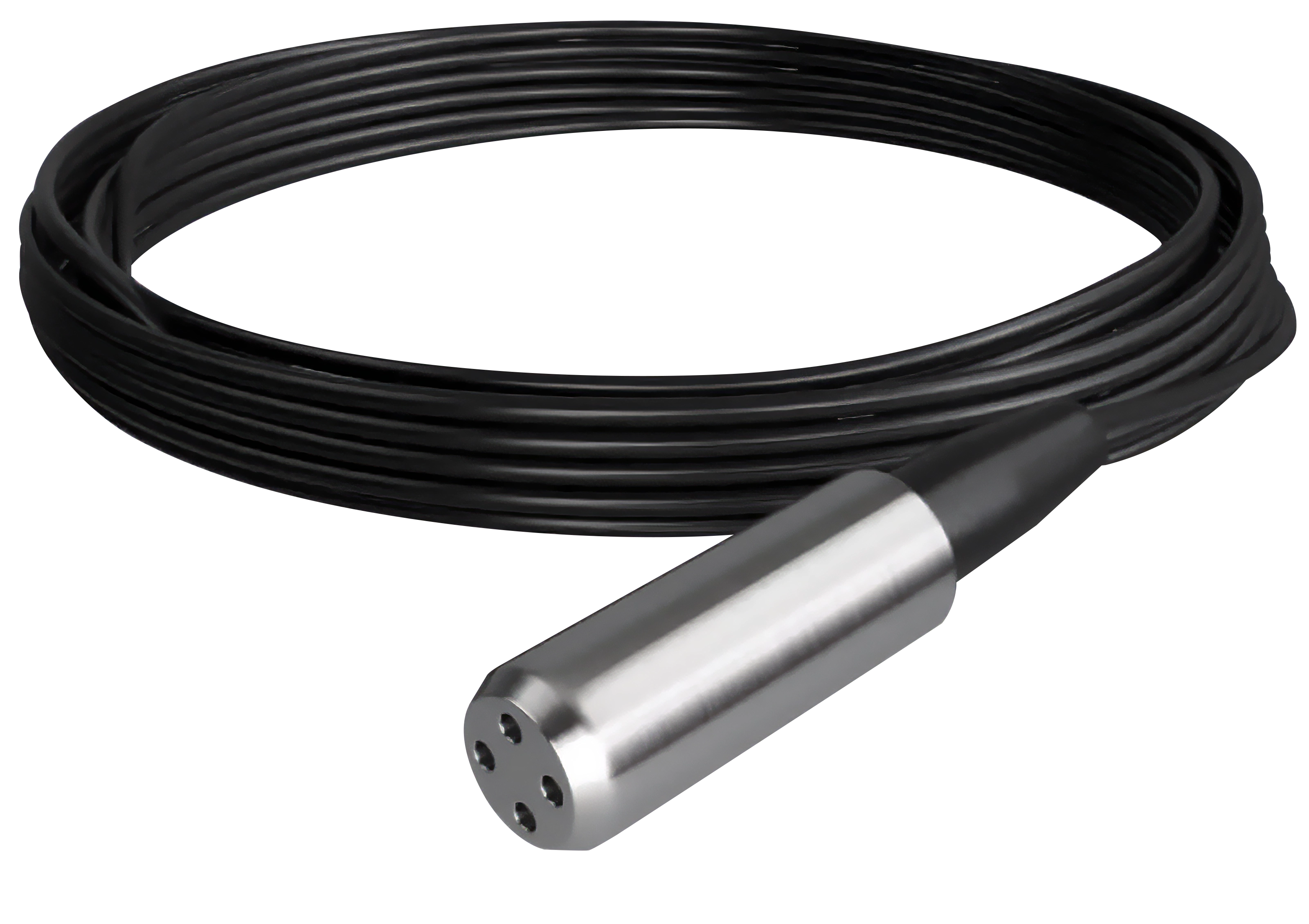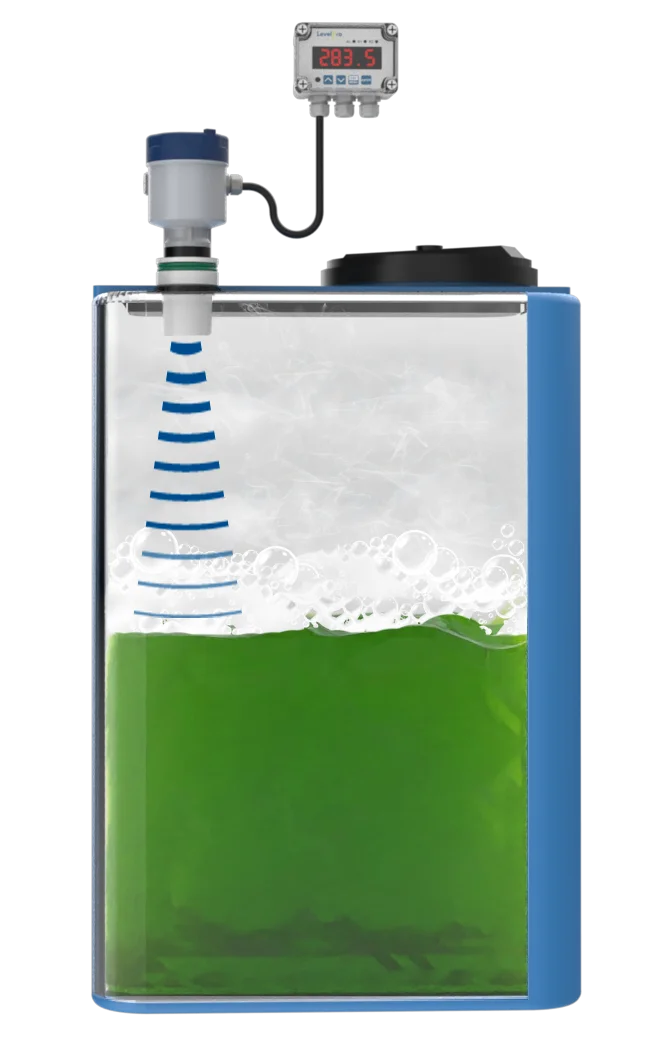Straight Talk On How Radar Level Sensors Work

Radar level sensors are devices that measure the level of liquid or solid materials in a container or vessel using radar technology. They function by sending a microwave signal, often in pulse form, towards the surface of the material being measured. The signal is then reflected by the surface and received by the antenna of the sensor. The time required for the signal to travel from the antenna to the surface and back is utilised to compute the distance to the surface and, consequently, the height of the substance.
A radar level sensor is comprised of a transmitter, a receiver, and a controller. The microwave signal is generated by the transmitter and transmitted to the antenna. The receiver receives the reflected signal and transmits it to the controller, which calculates the level of the substance using the time of flight of the signal.
Typical industrial uses for radar level sensors include the monitoring of liquids and solids in oil and gas, chemical, and food and beverage processing plants. They are well-suited for usage in difficult conditions and can detect the level of a variety of substances, including liquids, powders, and granules.
Radar level sensors include pulsed radar, frequency modulated continuous wave (FMCW) radar, and guided wave radar. Pulsed radar sensors generate a single, brief microwave pulse and detect the time it takes for the pulse to travel to and from the substance. FMCW radar sensors emit a continuous wave of microwave radiation and assess the level of the material by measuring the frequency shift of the reflected signal. Guided wave radar sensors embed a probe or rod into the substance to be monitored. The level is determined by the amount of time it takes for the microwave signal to go through the substance, which is guided by the probe.
Each type of radar level sensor has advantages and limitations, and the optimal sensor for a given application will rely on its specifications. Pulsed radar sensors, for instance, are often more precise and can measure level in tough situations, but FMCW radar sensors are more adaptable and can measure level in a wide variety of materials. Guided wave radar sensors are effective in measuring level in small or confined places, and they can monitor level in both liquids and solids.
Learn more about level sensors
Please contact us to discuss your application


